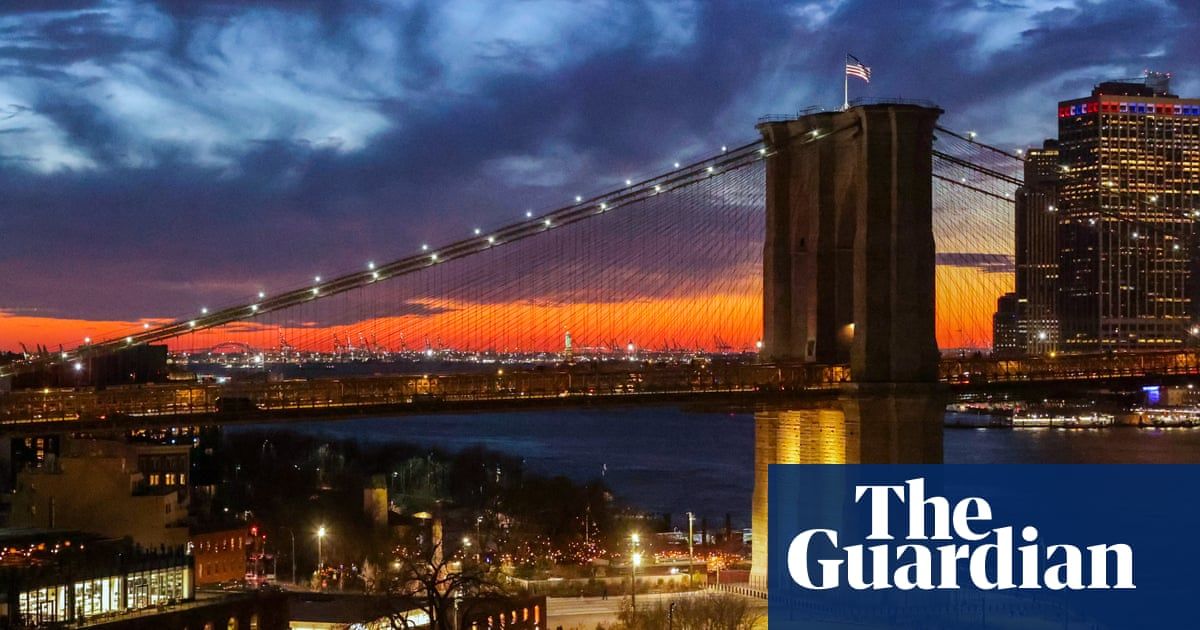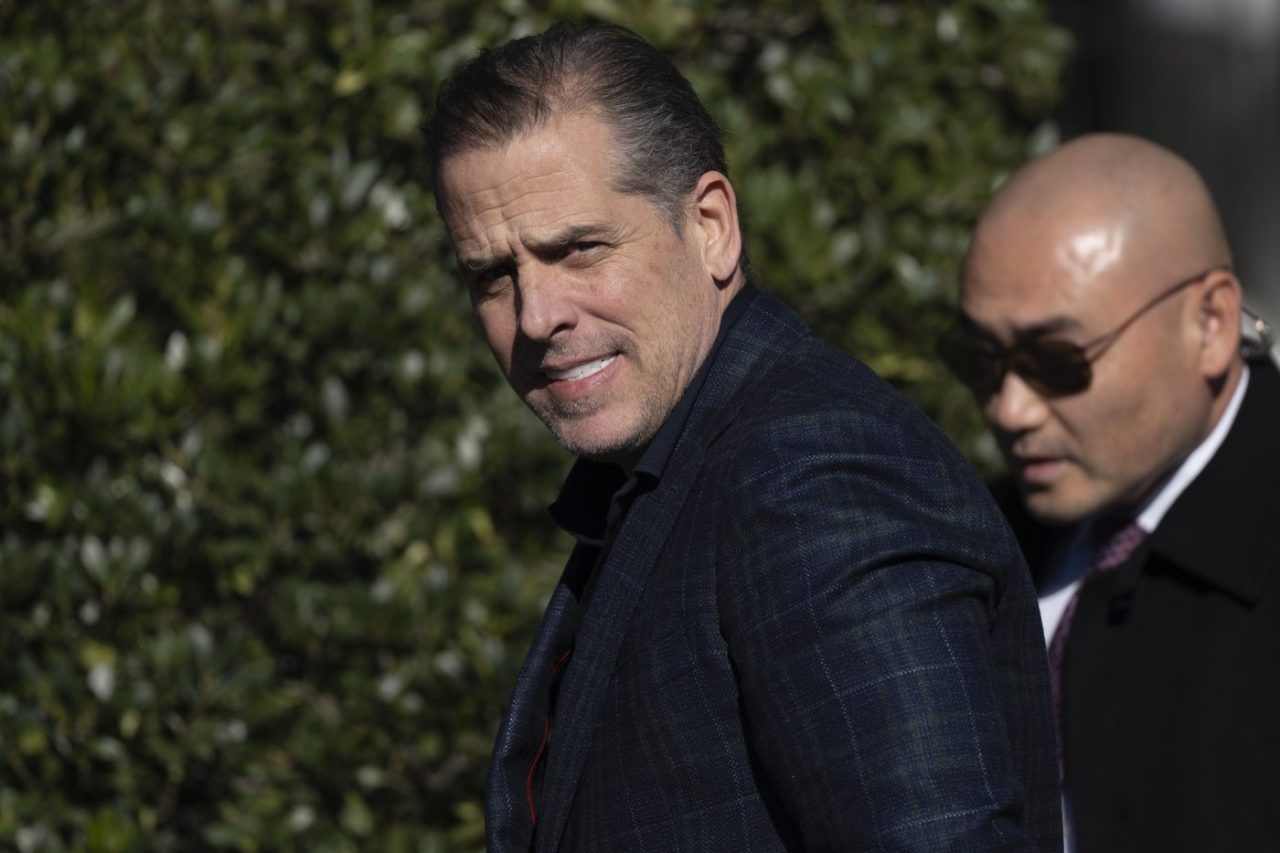New York takes big step toward renewable energy in ‘historic’ climate win
New York state has passed legislation that will scale up the state’s renewable energy production and signals a major step toward moving utilities out of private hands to become publicly owned.
The bill, included in the state’s new budget, will require the state’s public power provider to generate all of its electricity from clean energy by 2030. It also allows the public utility to build and own renewables while phasing out fossil fuels.
“It’s a historic win for the climate and for clean jobs,” said Lee Ziesche, organizer with Public Power New York, a coalition that has been fighting to pass the legislation for the past four years. “It’ll create a model of public power for the whole country, and it’s really showing that our energy should be a public good.”
The Build Public Renewables Act (BPRA) will ensure that all state-owned properties that ordinarily receive power from the New York power authority (NYPA) are run on renewable energy by 2030. It will also require municipally owned properties – including many hospitals and schools, as well as public housing and public transit – to switch to renewable energy by 2035.
NYPA provides low-cost electricity to more than 1,000 customers, ranging from local and state government buildings to electric cooperatives, businesses and non-profits. It also sells a portion of its power on the wholesale market, where utilities can purchase it. The legislation will require NYPA to offer low-to-moderate income customers a lower utility rate for renewable energy.
The passage of this first-of-its-kind law comes after years of grassroots campaigning by climate and environmental organizers in New York state.
NYPA is the largest state public utility in the country. The vast majority of the electricity generated by NYPA comes from hydropower: over 80%. This new legislation will require the state to phase out the six natural gas-fired plants that NYPA operates across New York City by 2030. (NYPA had previously agreed to shut down the plants by 2035.) NYPA built these “peaker plants” in 2001 to meet energy demands during peak times – such as the hottest days of the year. The plants, which emit nitrogen oxide and carbon dioxide, are located in the Queens and the Bronx boroughs of New York City and the Harlem neighborhood of Manhattan – the latter two of which have some of the highest asthma-related death rates in the country.
Founded in 1931 by then Governor Franklin D Roosevelt, NYPA was designed to provide low-cost electricity across New York state. More than 2,000 public power utilities operate in nearly every state in the United States, serving one in seven customers and accounting for 10% of all electricity. Nebraska is the only state entirely supplied by publicly owned utilities.
The communities closest to the NYPA peaker plants “have been expendable”, said Ziesche. She pointed out that some power plants are also built near freeways, compounding the levels of pollution nearby residents face.
Historically, when utilities are owned by investors, profits go to shareholders. But in publicly owned models, profits are reinvested in the utility’s operations. Rates on energy bills are also generally lower.
In February of this year, the cost of natural gas nationwide was 24% higher than the year prior. While many ratepayers were unprepared for the sudden bill increases, shareholders of privately owned utility companies saw astronomical profits – including those of ConEdison, which provides power to the New York metropolitan area and made over $1.3bn in profits.
When gas prices increased, “It was ratepayers who were caught in the lurch”, said Aaron Eisenberg, part of the Public Power New York Coalition. “Putting renewables on the grid in New York state makes us less dependent on gas and ensures we have a reliable source of energy provided by a trusted source that’s been around for 90 years.”
Ziesche added: “It’s important to make sure that low income communities are not paying an arm and a leg for new energy generation … People having access to affordable electricity is going to be a huge part of surviving the climate crisis. People die when it gets too hot, and if they’re afraid to turn on their air conditioners that’s a serious problem.”
The newly passed law also ensures creation of union jobs for the renewable projects, guaranteeing pay rate protection, offering retraining, and making sure that new positions are filled with workers who have lost or would be losing employment in the non-renewable energy sector.
NYPA is made up of a board of trustees appointed by the governor. A portion of the bill intended to expand the board to include members from labor and environmental justice groups did not make the final provision.
Source: The Guardian US


